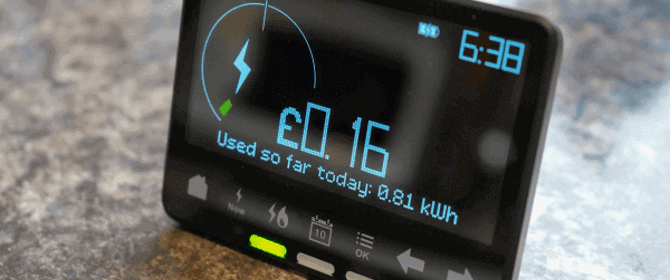How To Save Energy In Your Living Room
We’ve created this handy guide to give you some top tips for saving energy in your living room.
January 2021
| Business Advice

Get a comparison and start saving now
A reduction on the energy price cap has now taken effect, with the cap set at £1,568 per year until October 2024.
Here, we take a look at what the energy price cap means for your home energy bills.
From the 1st July 2024, the energy price cap will be set at £1,568.
This is the lowest price the cap has hit in the 2 years. Despite this reduction, energy prices are still much higher than pre-energy crises costs.
The price cap only limits the amount you can be charged per unit of gas & electricity.
Ofgem, the energy regulator, evaluates the wholesale prices every quarter and adjusts the price cap accordingly. As the energy price cap is based on these prices, it is easy to predict upcoming price changes.
Wholesale prices have fallen during a mild winter in Europe which reduced demand and increased available supplies.
The price cap applies to customers on standard variable (or default) energy tariffs. You can be on a default tariff whether you pay via direct debit, standard credit, or use a prepayment mete.
It’s important to remember that the energy price cap of £1,568 is the cost for the average household. Larger households with a high energy usage may pay more than the stated price cap for the annual energy bills.
The price cap doesn’t limit your overall bill but instead limits your unit rate. This is the amount you pay for each unit of gas or electricity you use. For the typical user, this will be set at 22.36 pence per kWh for electricity and 5.48 pence per kWh for gas.
The price cap also limits the daily fee paid to your supplier known as a standing charge. Your standing charge is a daily fee which covers the cost of maintaining your gas and electricity supply. Increased costs for suppliers will often be reflected in changing standing charge prices.
The average daily standing charge will be 60.10 pence per day for electricity and 31.43 pence per day for gas.
When you compare with Love Energy Savings, you can avoid this daily fee by switching to a no standing charge tariff. However, it is worth bearing in mind that unit rates may be higher than standard tariffs.
Although prices have fallen this summer, they are expected to increase again in October 2024.
Leading energy consultants, Cornwall Insights, commented:
"Modest falls in summer look set to be wiped out by bigger rises in autumn when people will need to put the heating back on," said Adam Scorer, chief executive of charity National Energy Action.
"The cost of energy remains an unaffordable luxury that many of the poorest simply cannot afford.”
For some, maybe. If you have recently been moved onto a variable tariff you have seen some protection from the energy price cap and government support, albeit still expensive compared to your old fixed-price deal.
It may be wise to switch your home energy if the tariff offered is lower than the price cap of July 2024.
You should also consider switching if you do not like the uncertainty around what you could be paying each month. A nightmare for household budgeting could cause a lot of stress when wholesale energy prices are consistently fluctuating.
The mentality of the energy market has changed from saving money in comparison to your previous energy tariff to saving money in comparison to Ofgem's energy price cap.
You may still find that fixed-rate deals are more expensive than the current price cap. If you cannot find a deal cheaper than the expected price cap deal, you may be better off staying on a default tariff.
You can compare current home energy prices here.
It is important to note that the cap won’t limit your total bill. The price cap ensures a household using an average amount of energy won’t pay more than the cap each year.
So, if you use more energy than the average household, you could still pay more than the price cap amount each year.
If you’re on a fixed rate tariff, the energy price cap won’t apply to you. This is because fixed-rate tariffs will often offer better rates than the energy price cap.
Your gas and electricity rates will still be affected by:
Related Articles
We’ve created this handy guide to give you some top tips for saving energy in your living room.
January 2021
Switch Today!
The energy regulator Ofgem takes several factors into account when setting the energy price cap including:
If wholesale energy costs increase, this is likely to see an increase in the energy price cap.
Households do not need to apply for the energy price cap. Your energy provider is obligated to inform you if your tariff changes because of the price cap.
If you’re currently on a standard variable or default tariff, you will automatically be protected by the energy price cap.